The country hopes to defend its citizens from cyberattacks through a set of new measures.
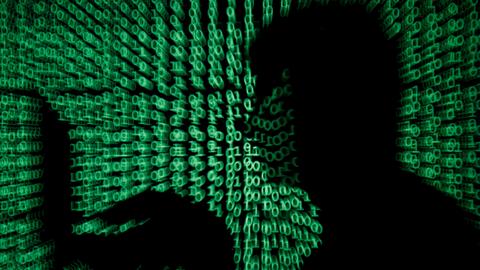


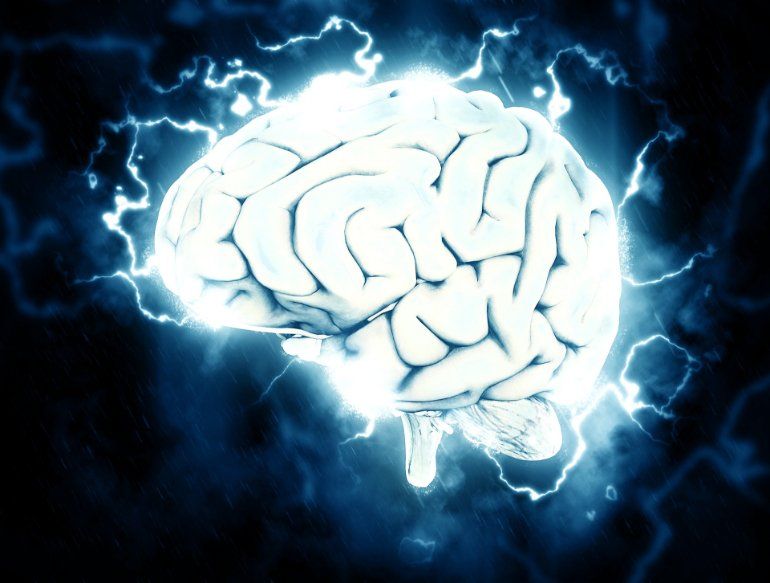
Summary: Treatment with LAU-0901, a synthetic molecule that blocks pro-inflammatory platelet-activating factor, in addition to aspirin-triggered NPD1, reduced the size of damage areas in the brain, initiated repair mechanisms, and improved behavioral recovery following ischemic stroke.
Source: LSU
Research conducted at LSU Health New Orleans Neuroscience Center of Excellence reports that a combination of an LSU Health-patented drug and selected DHA derivatives is more effective in protecting brain cells and increasing recovery after stroke than a single drug.

Summary: Study explores the role the reward system plays in chronic pain, finding emotional and physical pain are bidirectional. Opioids, researchers report, ultimately make things worse.
Source: University of Washington.
A broken heart is often harder to heal than a broken leg. Now researchers say that a broken heart can contribute to lasting chronic pain.

A data breach broker is selling the allegedly stolen user records for twenty-six companies on a hacker forum, BleepingComputer has learned.
When threat actors and hacking groups breach a company and steal their user databases, they commonly work with data breach brokers who market and sell the data for them. Brokers will then create posts on hacker forums and dark web marketplaces to market the stolen data.
Last Friday, a data broker began selling the combined total of 368.8 million stolen user records for twenty-six companies on a hacker forum.
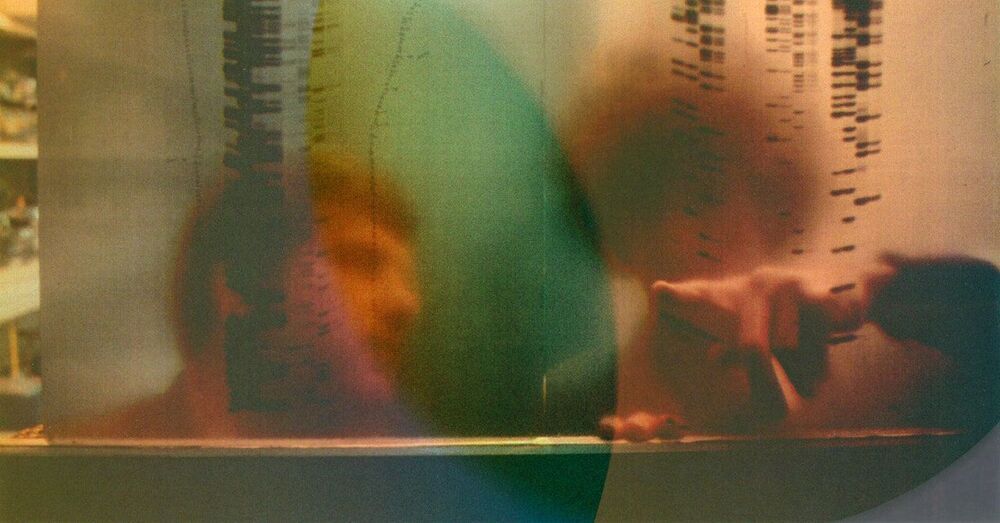
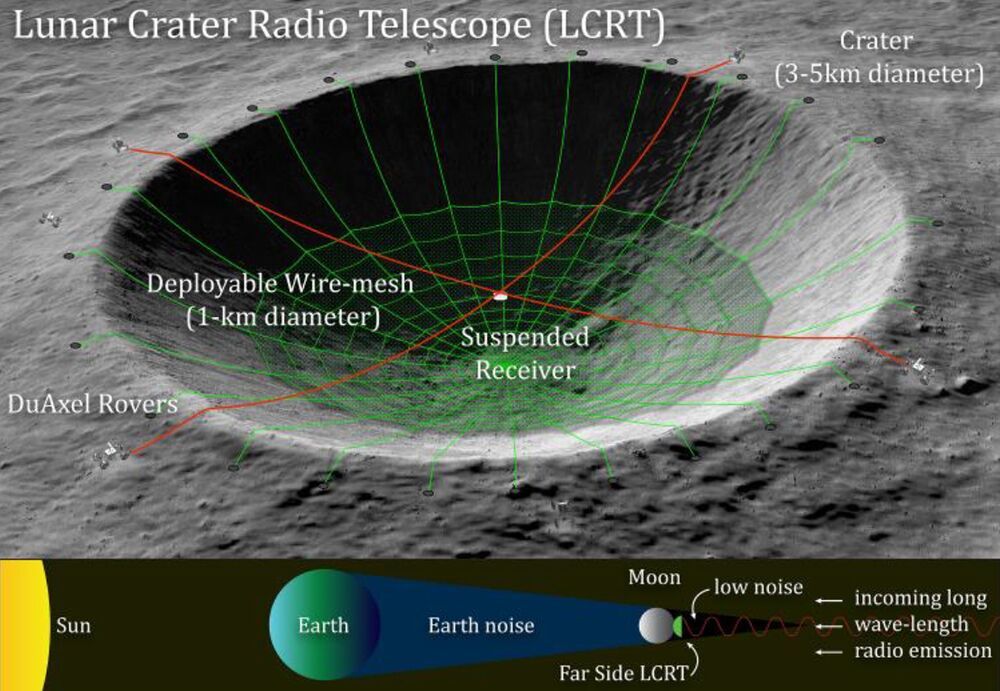
An ultra-long-wavelength radio telescope on the far-side of the Moon has tremendous advantages compared to Earth-based and Earth-orbiting telescopes, including: (i) Such a telescope can observe the universe at wavelengths greater than 10m (i.e., frequencies below 30MHz), which are reflected by the Earth’s ionosphere and are hitherto largely unexplored by humans, and (ii) the Moon acts as a physical shield that isolates the lunar-surface telescope from radio interferences/noi… See More.
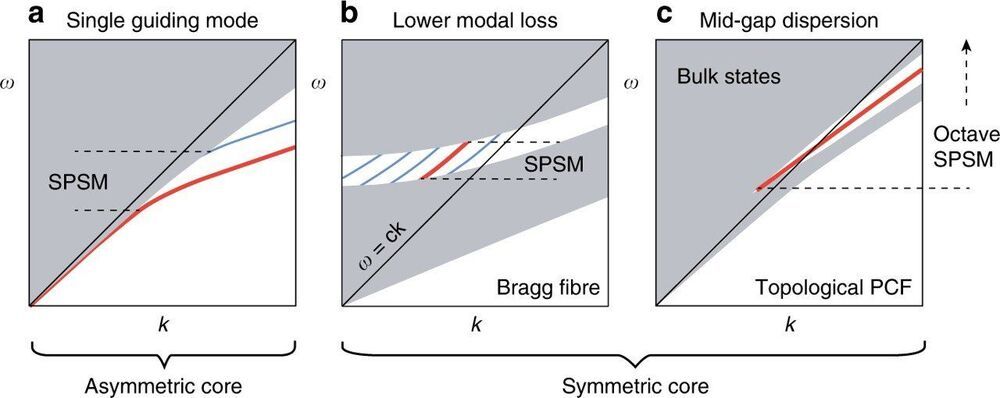
Optical fibres made of topological photonic crystals allow improved versatility and control across the modes and polarization of light they transmit. Compositionally, photonic crystals contain bandgaps to prevent the passage of light relative to specific wave energies and momenta much like an on/off switch. In a new report now published on Nature Light: Science & Applications, Hao Lin, and Ling Lu at the Institute of Physics at the Chinese Academy of Sciences transmitted pure “single mode” light across a large frequency range via a topological feature known as a “Dirac vortex.” The concept can lead to applications that transmit light signals more stably across long distances. While the work is theoretical at present, the researchers suggest the use of fibers made from silica based on stack-and-draw methods or three-dimensional (3D) printing technologies to fabricate and test these theoretical concepts.
Understanding the nodal lines and Weyl points in a photonic crystal fibre.
Photonic crystal fibres rely on the endless variety of two-dimensional (2-D) crystals for their functionality. The concept of topological photonics based on robust waveguides can inspire new fibre concepts including the development of a one-way fibre inside a magnetic, 3D photonic crystal. In this work, Lin and Lu introduced a topological photonic crystal fibre (PCF) resembling the Dirac vortex topological cavity in its cross-section using 2-D photonic crystals. The Dirac vortex fibre is an ideal design to develop ultrabroadband single-polarization single-mode (SPSM) fibres due to the singlet mid-gap dispersion within the bandgap. The scientists eased the fabrication step by introducing a simplified design of only four capillary silica tubes to finally achieve an octave-spanning SPSM.

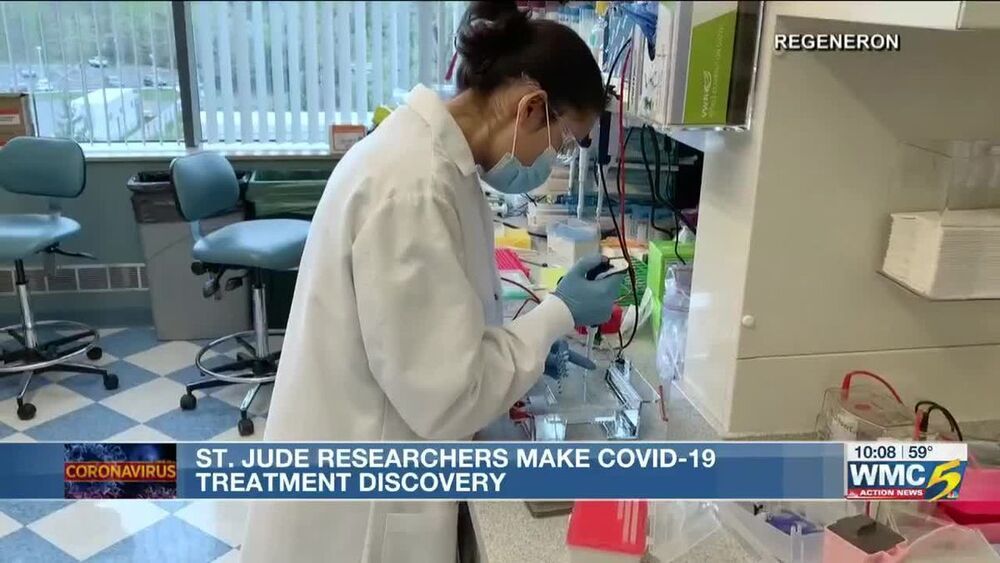
The team focused on cytokines, small proteins released in the body in response to inflammation. They concentrated on the most elevated cytokines in COVID-19 patients and found one duo that stood out.
Turns out, the drugs to treat these cytokine reactions, or cytokine storms, already exist.
When tried on mice, the medication protected them from COVID-19 death and from sepsis, a deadly infection of the blood.
MEMPHIS, Tenn. (WMC) — Scientists at St. Jude may have figured out how COVID-19 kills, and more importantly, how to stop it.